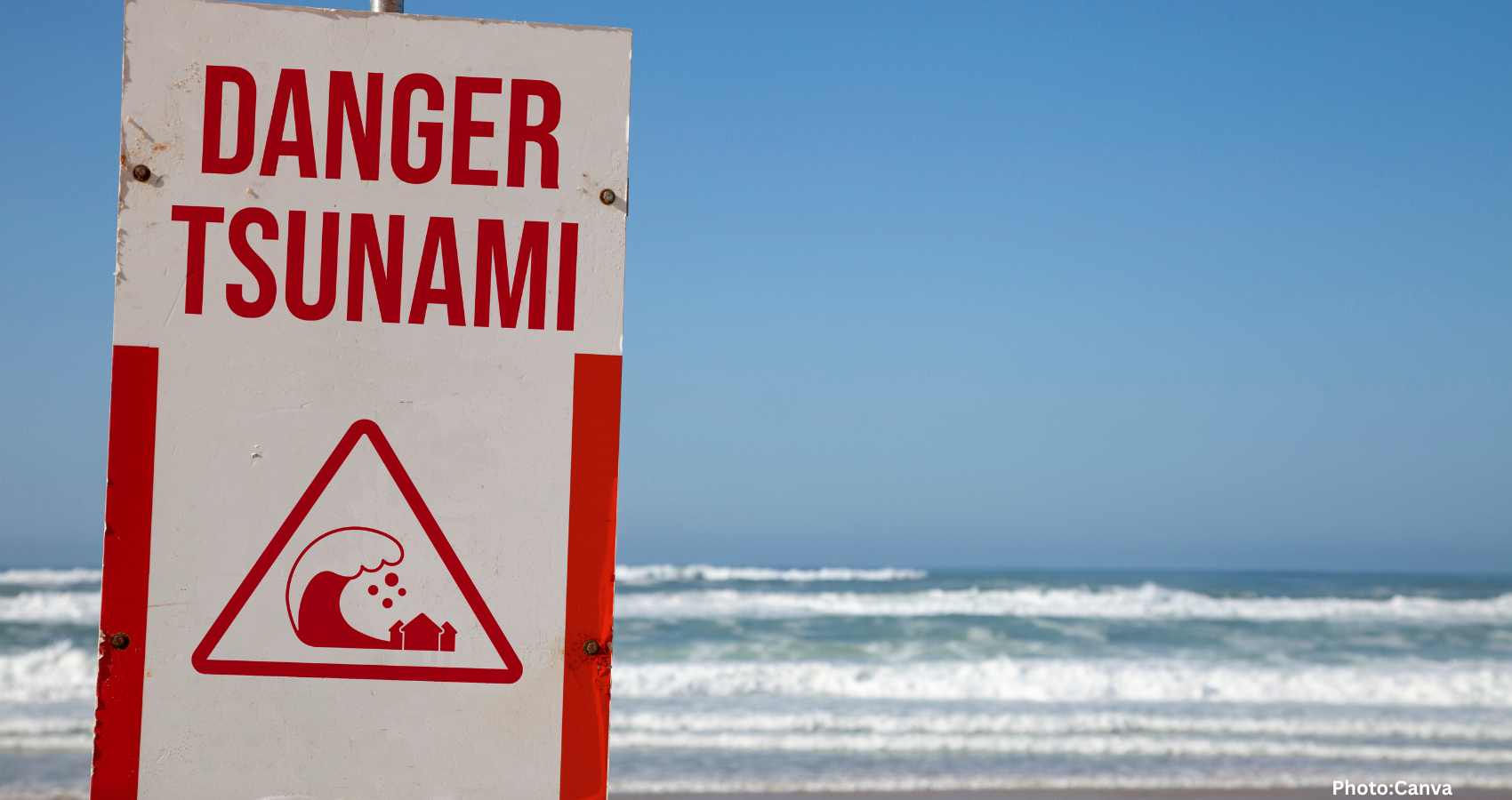Tsunami waves traveled to Hawaii and the West Coast following a significant earthquake off Russia’s Kamchatka Peninsula, although evacuation orders in Hawaii were soon canceled as the risk diminished.
Tsunami waves reached Hawaii and the West Coast of the United States after a powerful 8.8-magnitude earthquake struck near Russia’s Kamchatka Peninsula on July 29. Initial forecasts had prompted evacuation orders, but these were quickly lifted as the threat level was downgraded to an advisory, signaling that the risk had lessened significantly. The earthquake, one of the strongest ever recorded, caused tsunami waves to start arriving in Hawaii after 7 p.m. local time.
Russian authorities reported minimal damage despite the earthquake’s strength, with no serious injuries or fatalities. Kamchatka Governor Vladimir Solodov noted in a video update that while a kindergarten had suffered damage, there were no reports of injuries. The earthquake, striking at a depth of about 12 miles, is now ranked among the ten largest on record globally. Occurring at 7:24 p.m. ET, the earthquake hit approximately 78 miles east-southeast of Petropavlovsk-Kamchatsky, according to the U.S. Geological Survey.
Alarms across the Pacific Rim were triggered, including alerts in Hawaii, California, and Alaska. Homeland Security Secretary Kristi Noem, on social media, confirmed the evacuation orders were lifted in Hawaii. She advised residents to remain cautious and avoid beaches and shorelines, as the advisory was still in place. Noem was in Chile when the event occurred and reported that the Federal Emergency Management Agency (FEMA) and the Coast Guard were ready to respond if needed, though the impact on U.S. shores was minimal.
In California, a region particularly vulnerable to tsunamis due to geographical amplifications, Crescent City experienced maximum wave heights of 3.6 feet. The National Tsunami Warning Center had issued a tsunami warning for a part of northern California, while other sections of the coast were under an advisory. The advisory in San Diego and Orange Counties was later lifted, as the weather service confirmed that no further tsunami danger was imminent.
Washington state also experienced tsunami waves, and a tsunami advisory remained in effect, as forecasters warned of “strong and unusual” currents. The weather service in Seattle reminded residents to stay away from the shore until further notice. In Oregon, similar warnings were issued, especially as tsunami waves began to arrive along the coast.
Further north in Alaska, warnings were downgraded, though advisories remained in place for parts of the Aleutian Islands and the Alaska Peninsula. Coastal areas from Attu Island to Chignik Bay were still at risk from powerful currents and waves as a result of the tsunamis.
Beyond the U.S., the Japan Weather Agency issued warnings expecting tsunami waves up to 10 feet high, prompting evacuations from Japan’s eastern seaboard. Similarly, alerts extended to the Pacific Islands, where local authorities urged precautionary action.
Adding to the seismic activity, the Klyuchevskoy volcano in Russia’s far east began erupting following the earthquake, sending hot lava down its slopes. This event adds another layer of concern to the already volatile Pacific Ring of Fire, known for its frequent earthquakes and volcanic activity.
The Pacific Tsunami Warning Center and the National Tsunami Warning Center continue to monitor the situation. These centers are responsible for issuing tsunami messages and enhancing warnings for the mainland United States and international coastal areas in the Pacific and Caribbean Basins. Established after major events like the 1946 tsunami that hit Hilo, Hawaii, these centers are imperative in developing real-time responses to seismic events.
According to Yahoo News, the tsunami’s potential for destruction was significant, with initial projections worrying authorities before data indicated lower wave heights than feared. Despite the easing threat, officials cautioned that the situation should remain under careful observation, as tsunamis can have enduring effects on oceanic and coastal conditions.

